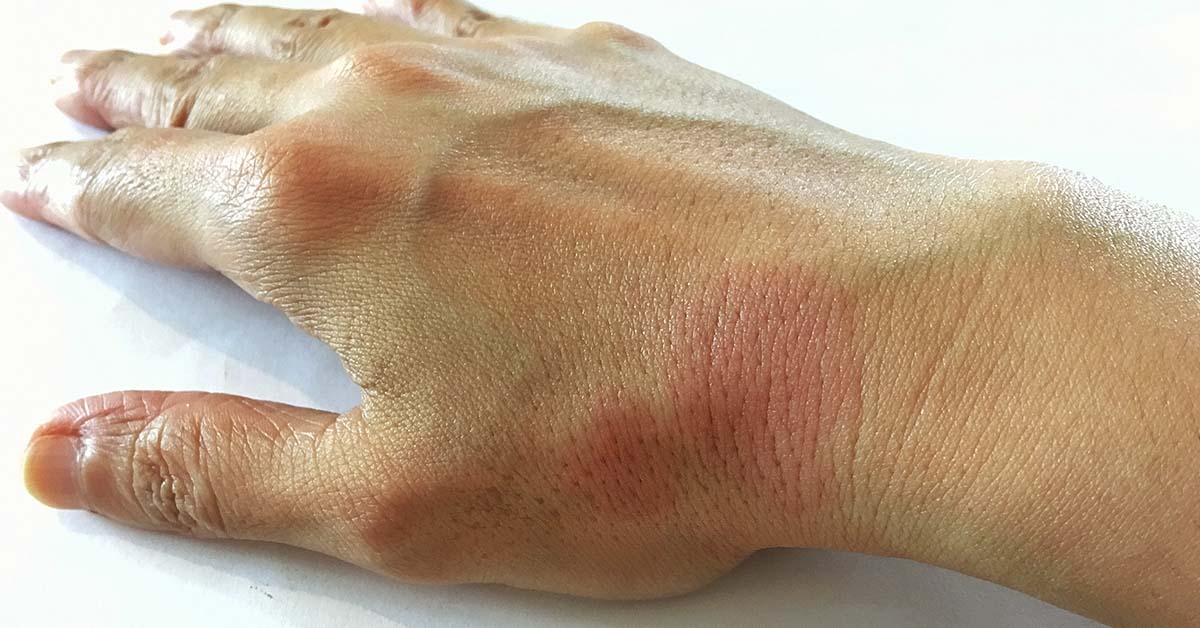The word “lupus” is derived from the latin word meaning “wolf”. This is most likely due to the visible and “wolf” looking skin lesions. Lupus is a mysterious and complex disease with the exact causes remaining unknown. For ages, lupus has plagued humanity, as far back as the era of Hippocrates (around 460-375 BC) who described similar traits under a different name. Systemic lupus erythematosus (SLE), known simply as lupus, affects more than 1.5 million people in the U.S. alone.
Lupus is a chronic autoimmune disease in which the body’s immune system begins attacking its own healthy tissues and organs. It is potentially life-threatening as it can result in damage to joints, skin, blood vessels and multiple vital organs like the heart, brain and kidneys. The cause of lupus has eluded researchers and scientists, making existing treatments unable to control the disease.
Establishing the cause of lupus
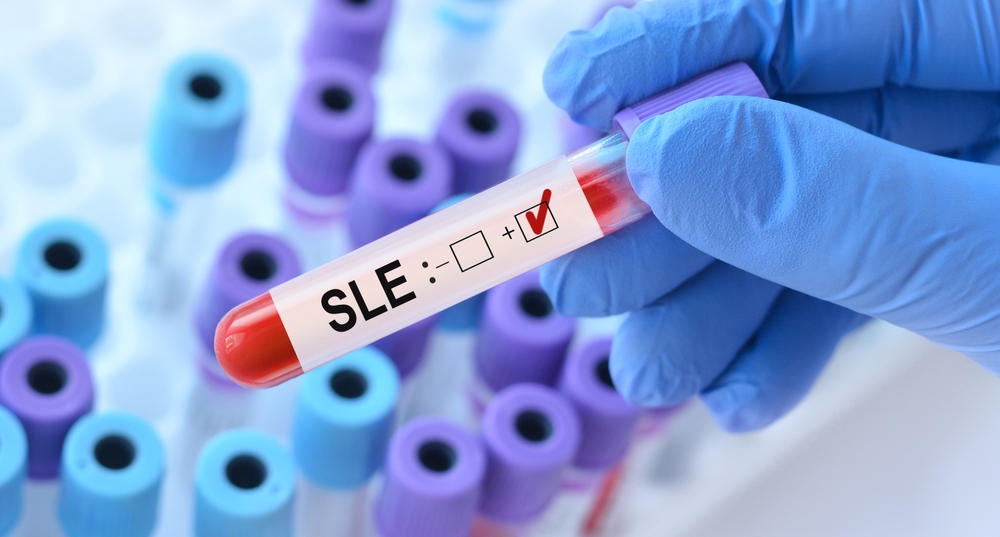
Researchers at Northwestern Medicine and Brigham and Women’s Hospital have discovered a possible mechanism that may lead to a breakthrough in understanding lupus development and treatment. This groundbreaking study may give a new approach to reversing or even curing the disease. Their research, published in Nature in July 2024, reveals a root cause of lupus and points to a potential path toward a cure.
A New Understanding of Lupus

Systemic lupus erythematosus (SLE), commonly known as lupus, causes the immune system to attack the body’s own healthy tissues and organs. This attack leads to inflammation and damage in the skin, joints, kidneys, heart, brain, and other organs. For decades, researchers struggled to pinpoint the underlying cause of lupus, and treatments relied primarily on suppressing the immune system. While these therapies reduce symptoms, they often leave patients vulnerable to infections and do not address the root of the disease.
“Up until this point, all therapy for lupus is a blunt instrument. It’s broad immunosuppression,” explained Dr. Jaehyuk Choi, associate professor of dermatology at Northwestern University Feinberg School of Medicine and a Northwestern Medicine dermatologist. “By identifying a cause for this disease, we have found a potential cure that will not have the side effects of current therapies.”
Read More: 8 Autoimmune Symptoms You Could Be Overlooking
A Molecular Imbalance
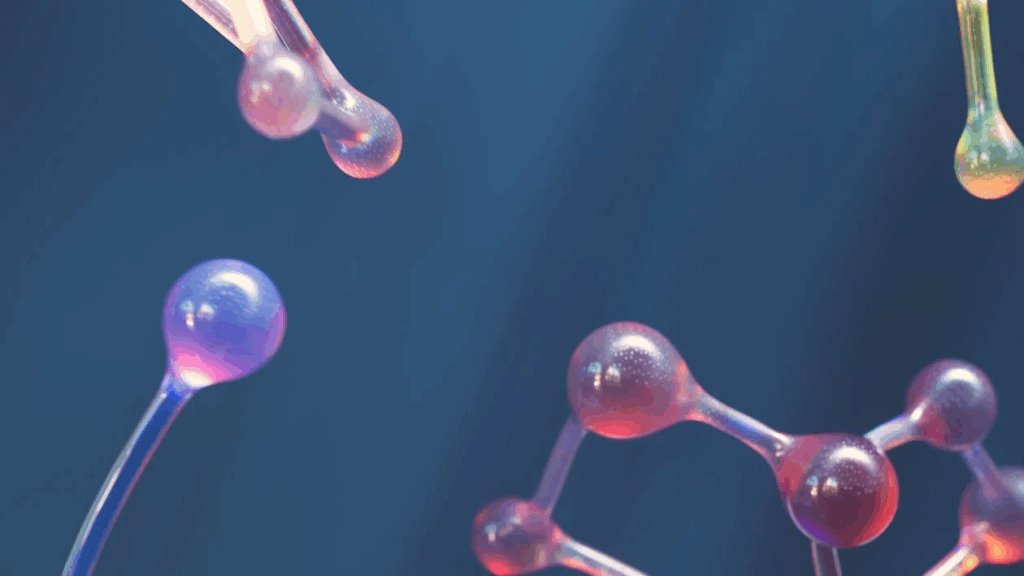
The research team discovered that people with lupus have a specific molecular defect in their blood. This defect creates an imbalance in the immune system. Specifically, this imbalance causes an overproduction of certain immune cells that drive the disease. It also creates a shortage of cells that help repair tissue.
“What we found is that the cells that promote the production of these proteins called antibodies that cause the damage in the blood vessels, the kidneys, etc. are increased in patients with lupus. And there’s a decrease in these cells that are called T22 cells, which we think are probably involved with wound repair,” said Dr. Choi.
Central to this imbalance is a pathway controlled by the aryl hydrocarbon receptor (AHR). This is a molecule that helps regulate how immune cells respond to environmental signals, such as bacteria or toxins. In lupus patients, this pathway remains dormant. This leads to a flood of destructive, disease-promoting T cells and a deficiency in cells that aid in healing.
A New Target for Treatment

The researchers restored AHR-activating molecules in lupus patients’ blood. This reprogrammed harmful immune cells into ones that may repair tissue. This suggests that activating the AHR pathway, or correcting the molecular defect, could potentially reverse the disease.
“We found that if we either activate the AHR pathway with small molecule activators or limit the pathologically excessive interferon in the blood, we can reduce the number of these disease-causing cells,” Dr. Choi said. “If these effects are durable, this may be a potential cure.”
Dr. Deepak Rao, an assistant professor of medicine at Harvard Medical School and a rheumatologist at Brigham and Women’s Hospital, added, “We’ve identified a fundamental imbalance in the immune responses that patients with lupus make, and we’ve defined specific mediators that can correct this imbalance to dampen the pathologic autoimmune response.”
How Lupus Affects Daily Life

Lupus affects each patient differently, but common symptoms include fatigue, joint pain, swelling, and skin rashes like the butterfly rash. Other symptoms are low-grade fevers, hair loss, chest pain, and Raynaud’s phenomenon in cold weather. These symptoms often flare up without warning, disrupting daily life. Lupus also disproportionately affects certain groups.
Younger women aged 15 to 44 face higher lupus risks. Minority groups are also disproportionately affected, including African American and Asian American populations. Hispanic, Latino, Native American, and Pacific Islander communities also show increased risk. Family history of lupus or other autoimmune diseases also increases susceptibility. The disease can cause life-threatening damage to organs, and the unpredictability of flares can disrupt work, family, and social life.
Clinical Trials
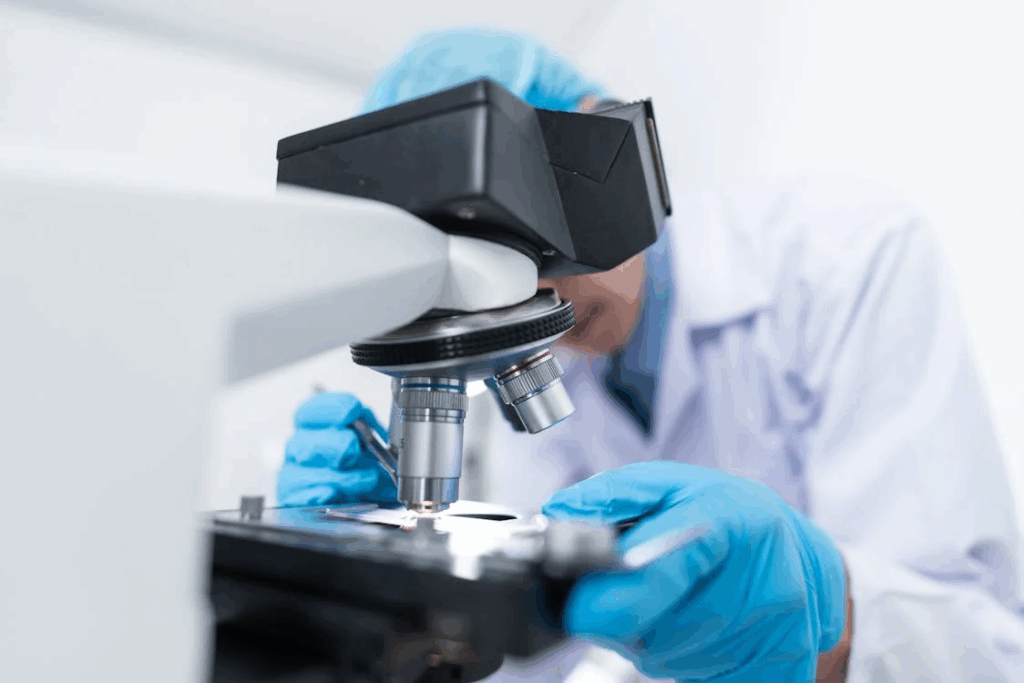
The research team now focuses on translating their laboratory findings into real-world treatments. They are developing safe and effective methods to deliver AHR-activating molecules to people with lupus and preparing for clinical trials.
“We’re hoping that we can get something that could be possibly usable within a year or so, but the actual clinical development takes time to de-risk it through phase trials. But we’re really working hard to try to make this into something that can be given to patients,” Dr. Choi said.
Dr. Rao explained, “We are currently working to design strategies to selectively activate AHR in T cells without broader effects on other cells or tissues. We are also evaluating to what extent this imbalance in T cell responses is seen in other autoantibody-associated autoimmune diseases.”
The Promise of Precision Medicine

This discovery marks a major advance in lupus research. It offers something unprecedented: hope that a disease once considered incurable could one day be reversed or even cured. The new approach targets the root cause of lupus, potentially avoiding the harsh side effects of current treatments.
Dr. Choi remains optimistic: “We think that by actually taking out the root, we can actually potentially cure lupus. That’s why we’re really excited about this.” For the millions affected by lupus, this breakthrough gives new hope. Future treatments may finally target the disease’s root cause. The discovery could potentially stop lupus completely.
What Patients Can Do Now
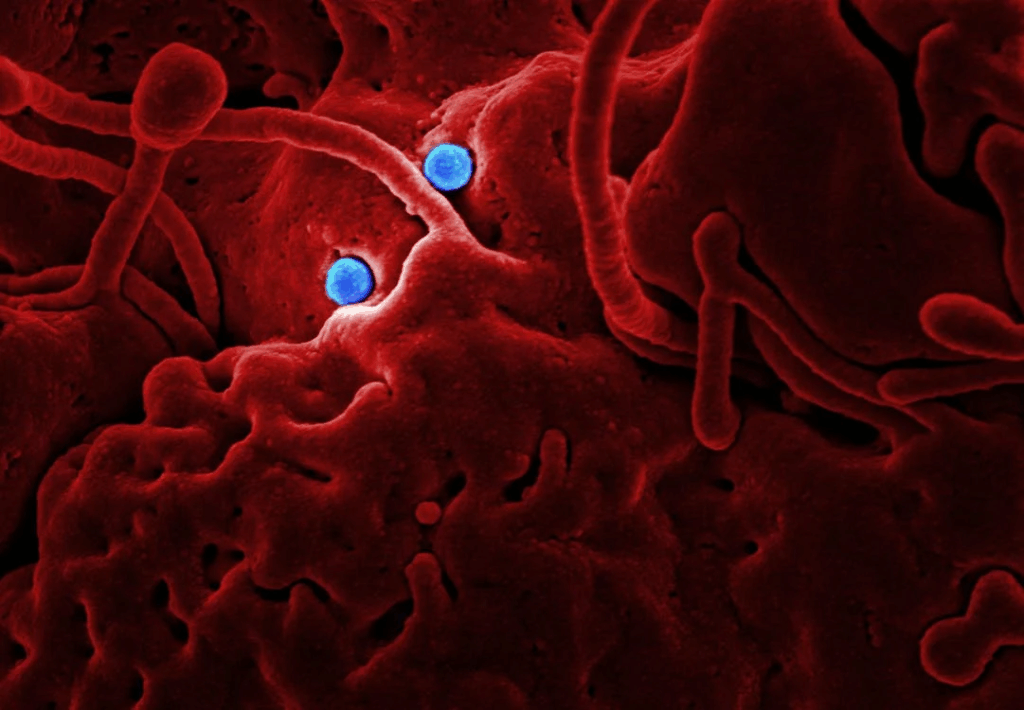
While new treatments are on the horizon, patients should continue to work closely with their healthcare providers to manage symptoms and monitor their health. Anyone experiencing symptoms or concerned about lupus risk factors should seek medical advice. As research advances, patients can stay informed through organizations like the Lupus Foundation of America and by following updates from leading medical centers. With scientists making strides toward a cure, the future for people with lupus looks brighter than ever before.
Read More: Lupus Symptoms: 13 Ways to Spot Lupus Disease Early
